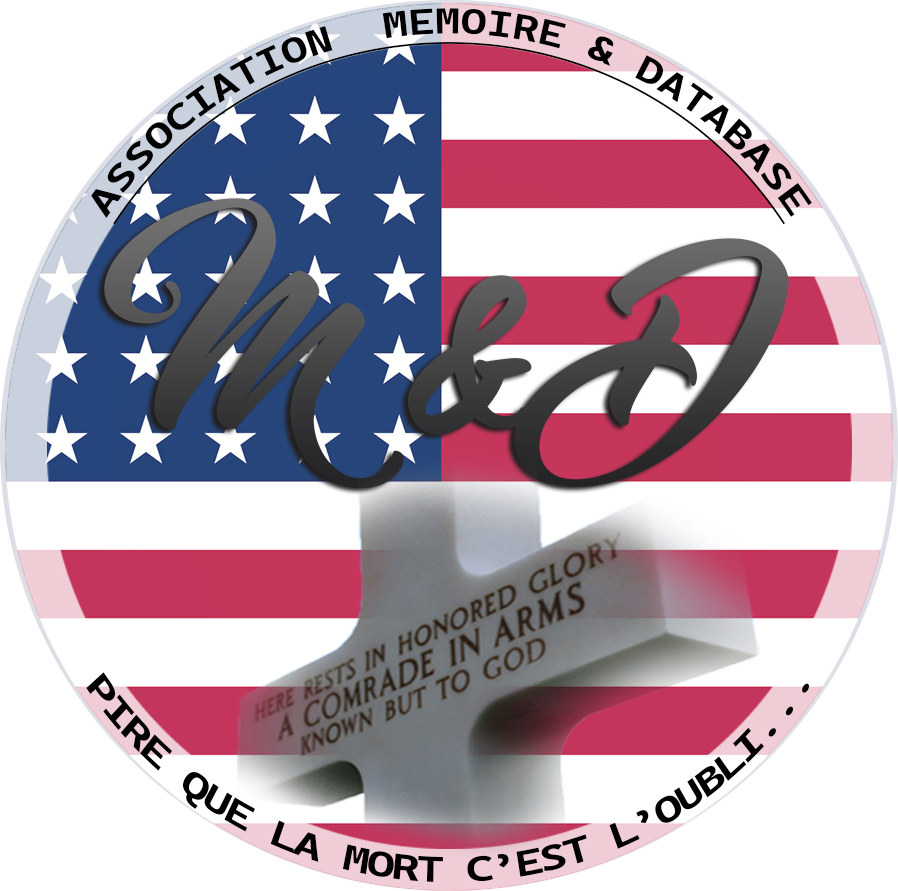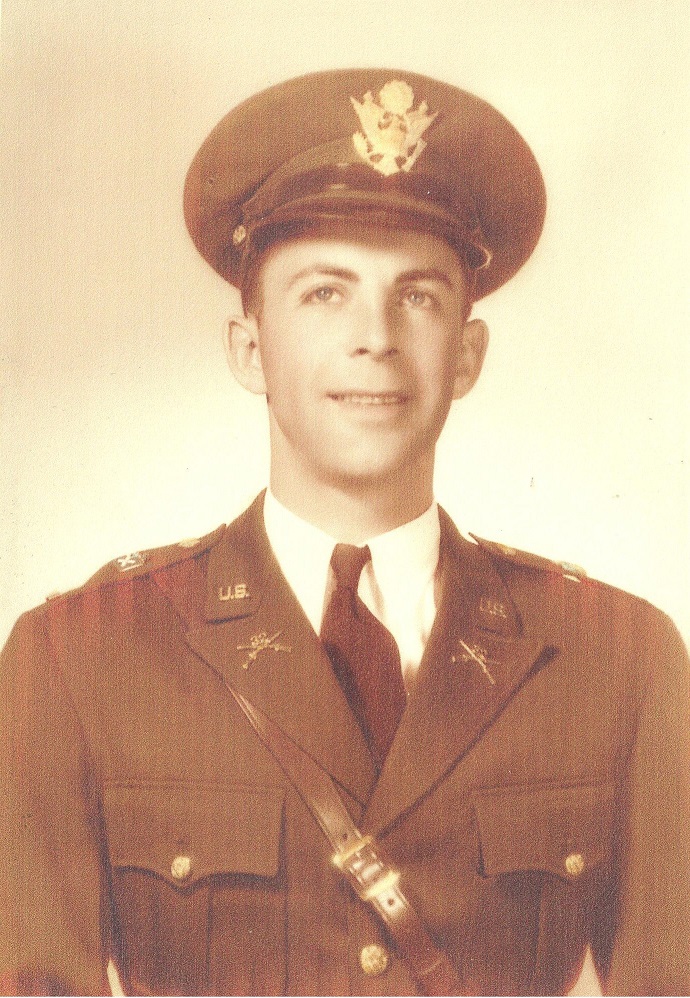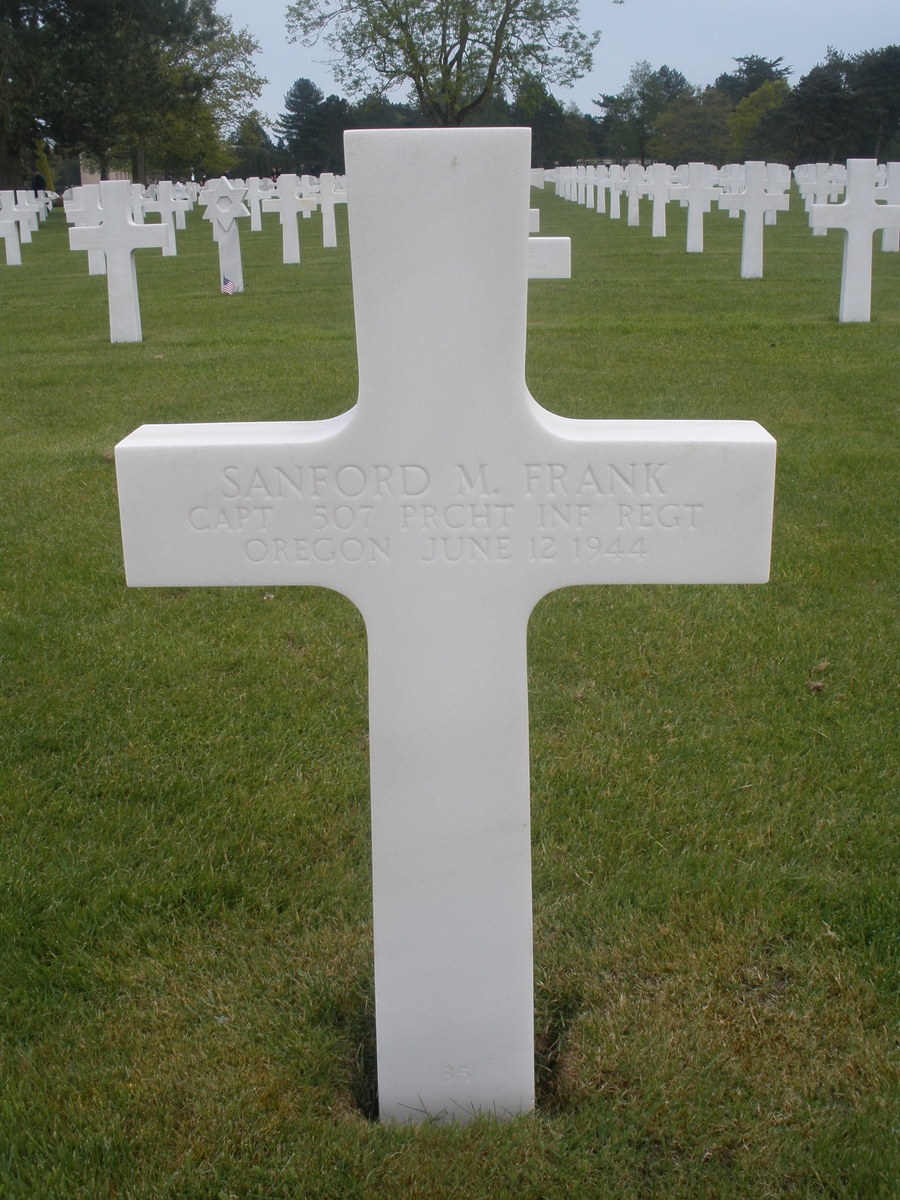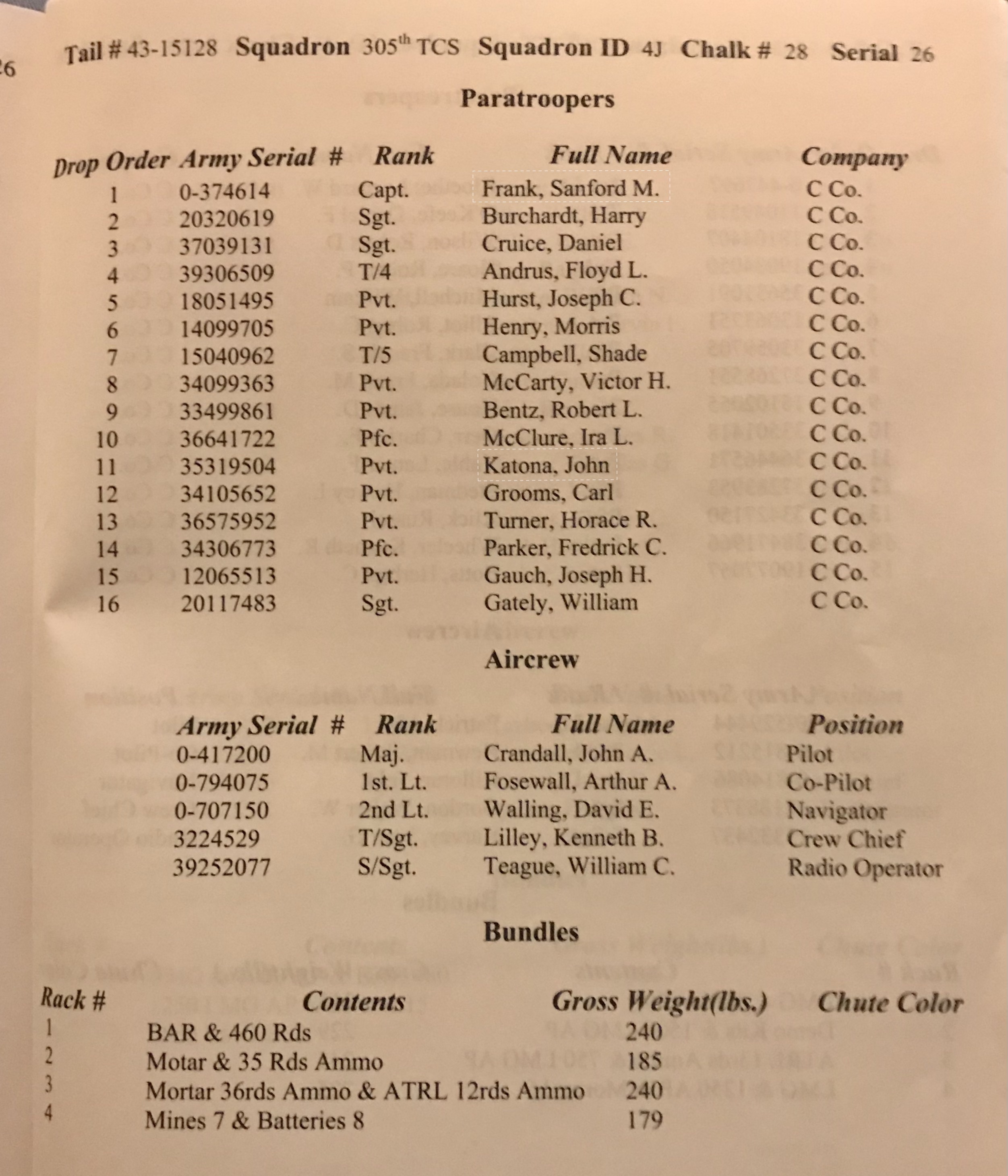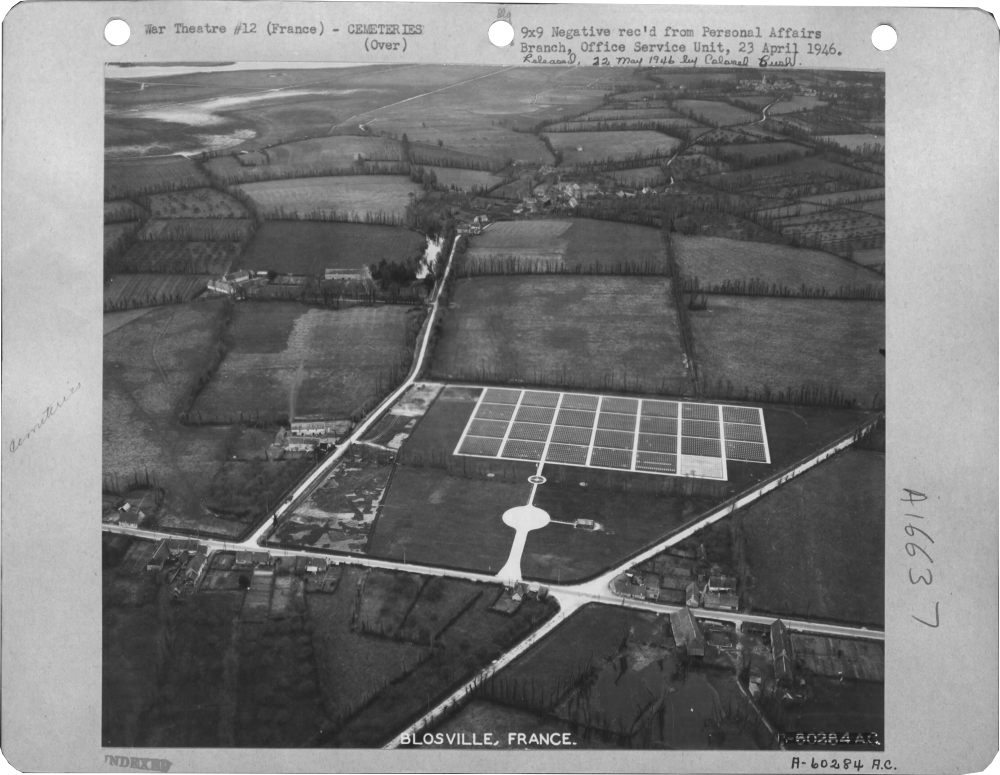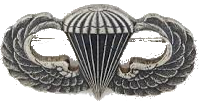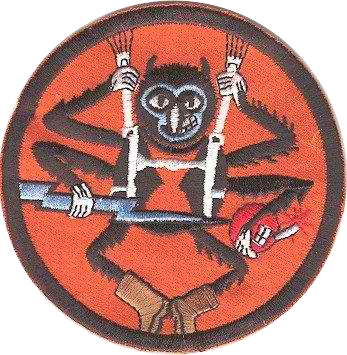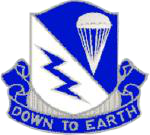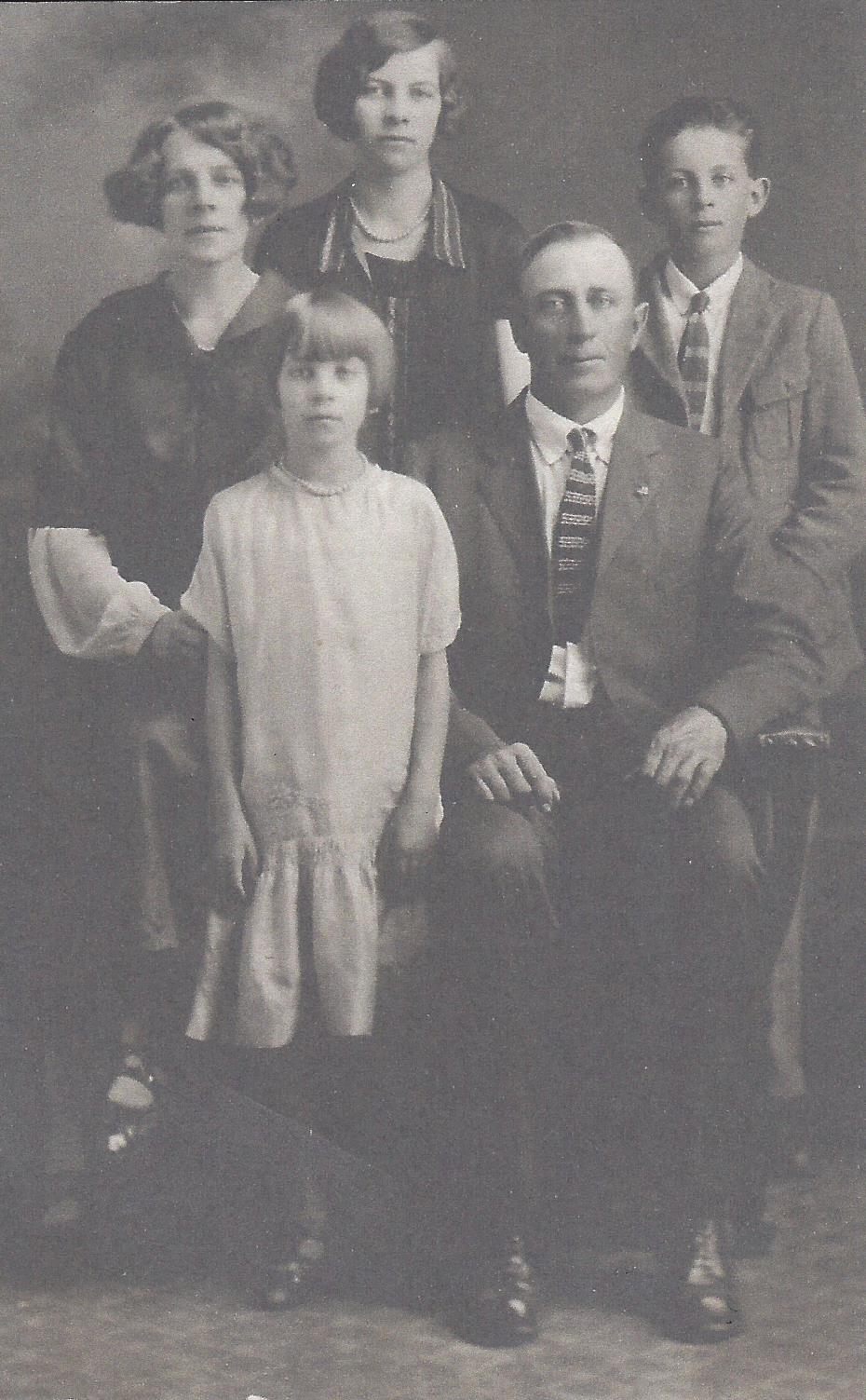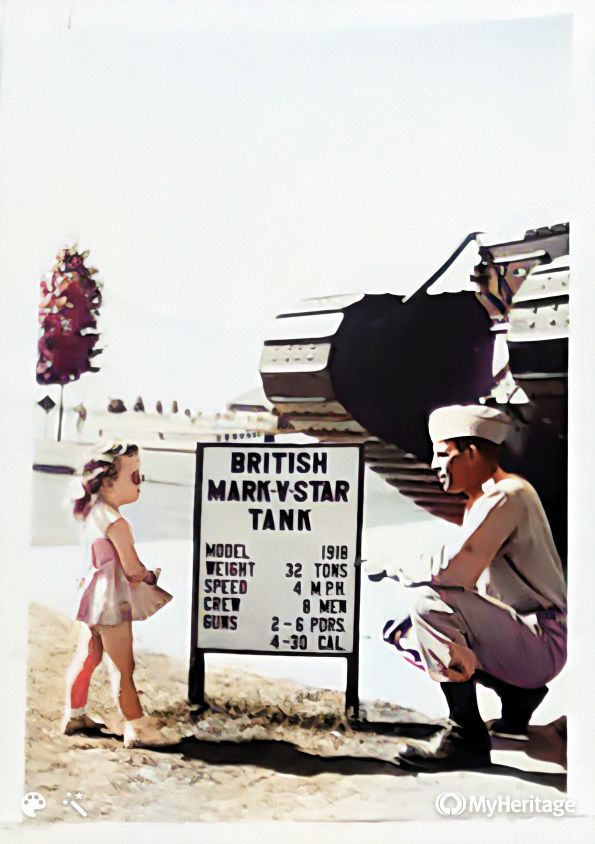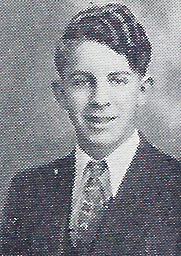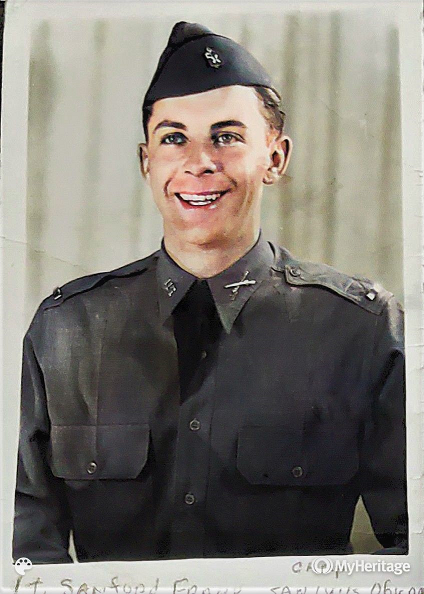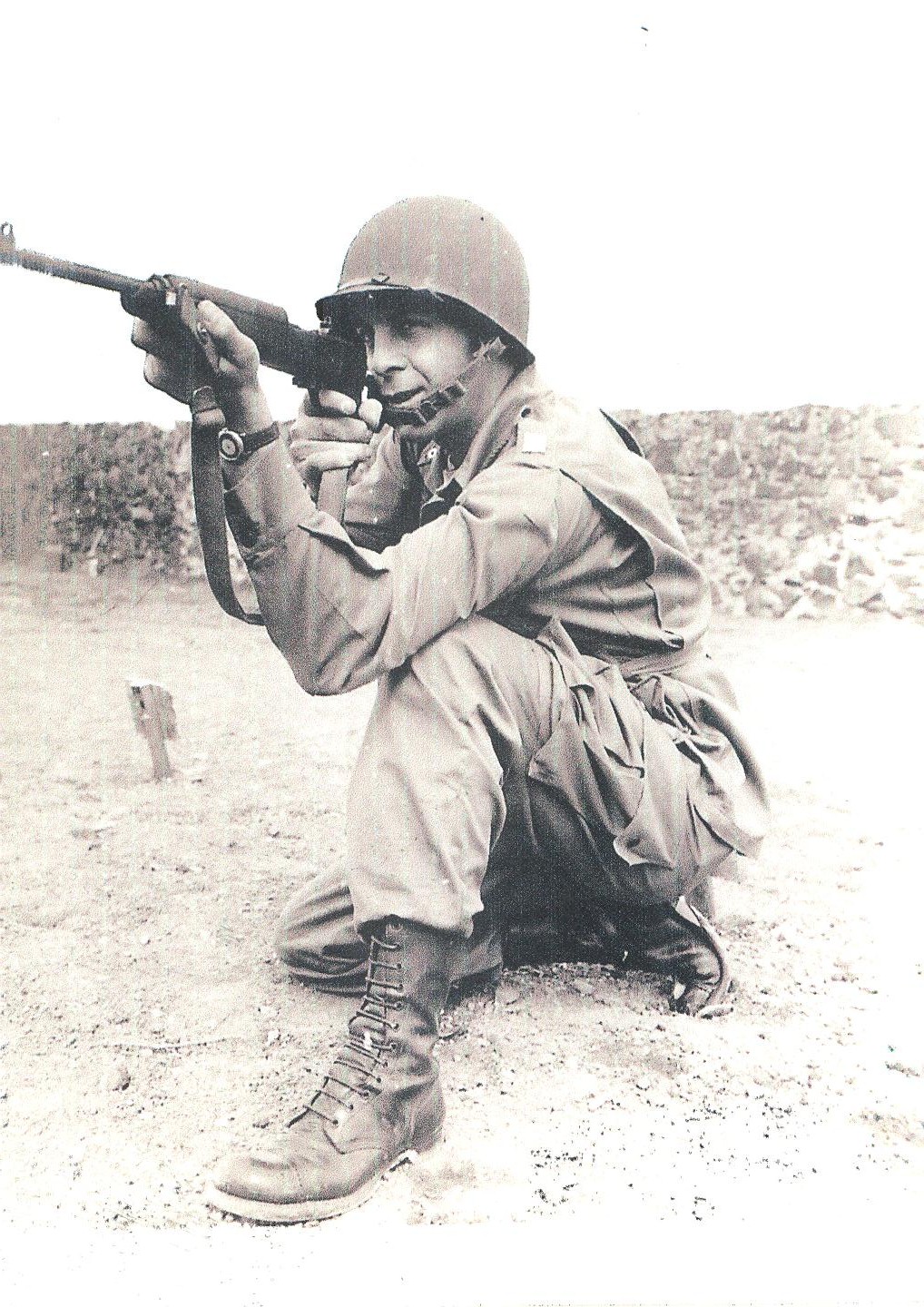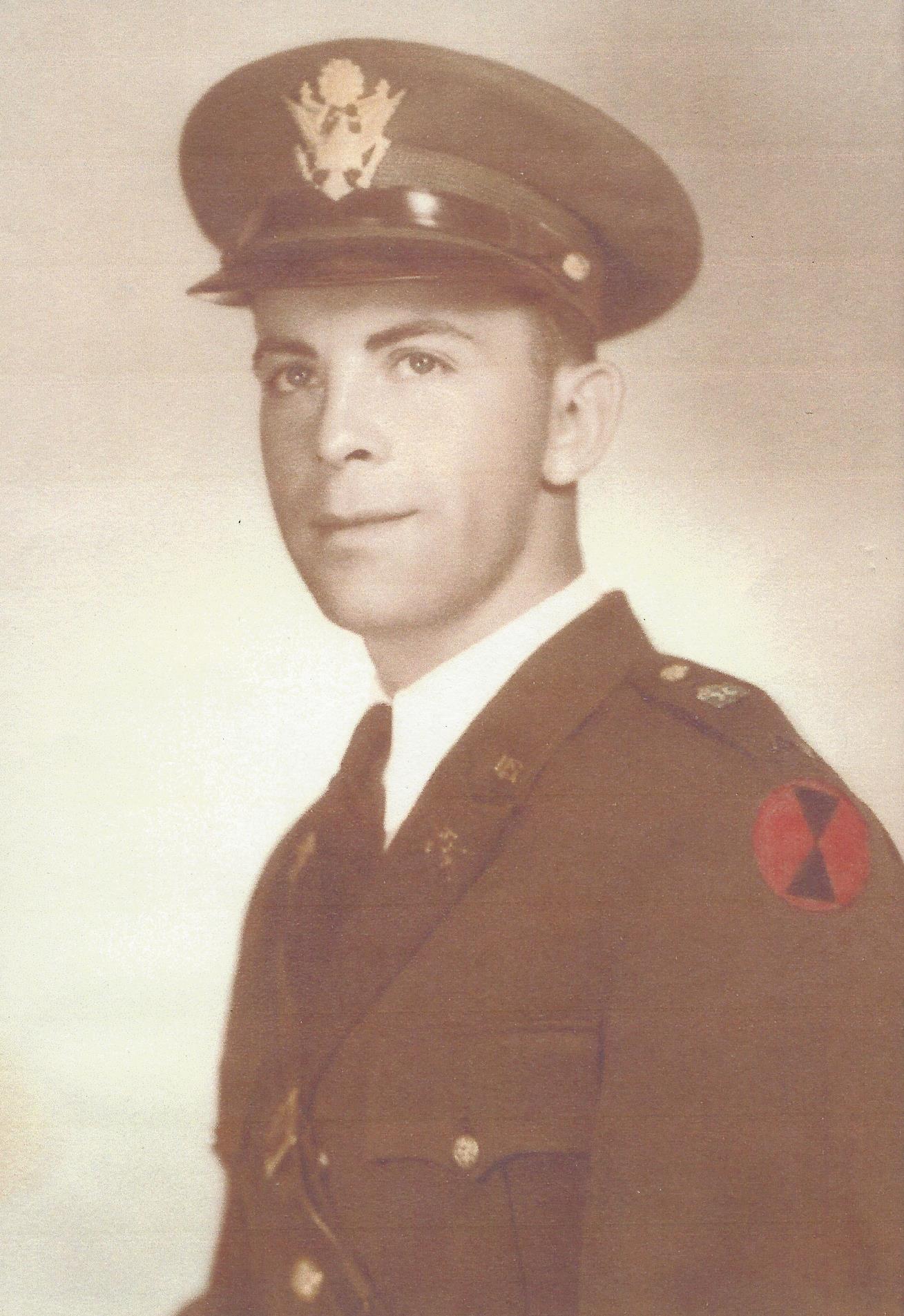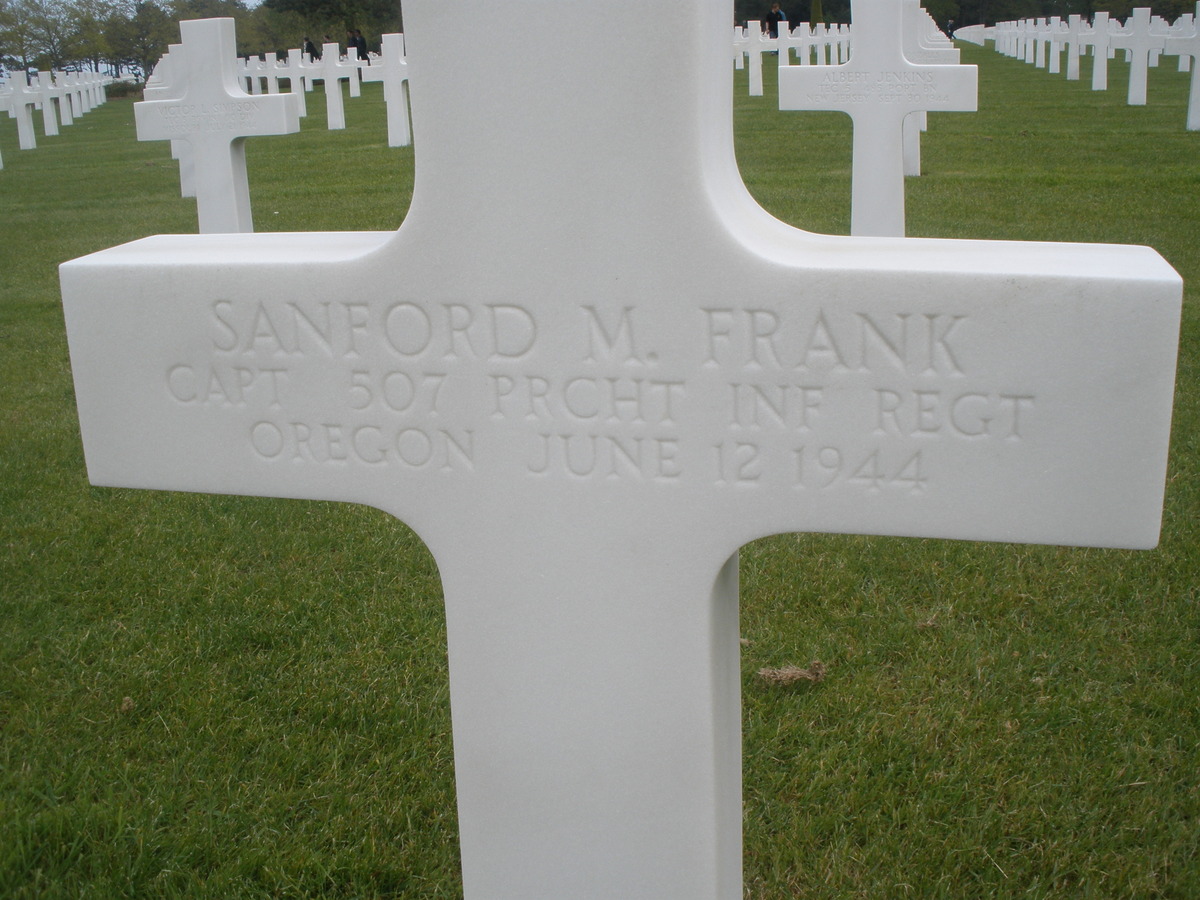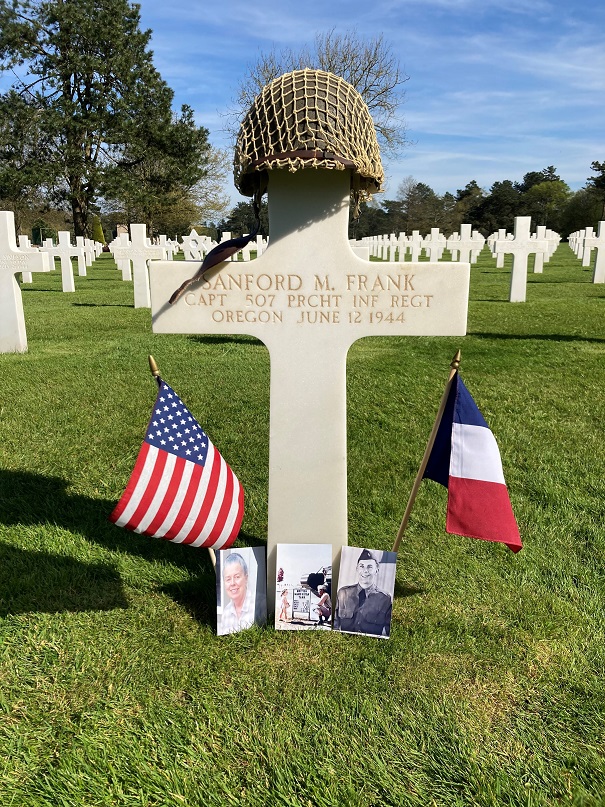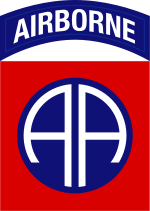|
Sanford Melvin FRANK
| ||||||||||||||||||||||||||||
|---|---|---|---|---|---|---|---|---|---|---|---|---|---|---|---|---|---|---|---|---|---|---|---|---|---|---|---|---|
|
Source : Thomas Clark
| ||||||||||||||||||||||||||||
| NUMBER OF SERVICE | O-374614 | |||||||||||||||||||||||||||
| AGE | 30 yo | |||||||||||||||||||||||||||
| DATE OF BIRTH | 15 august 1913 Billings County, NORTH DAKOTA | |||||||||||||||||||||||||||
| ENLISTMENT STATE | OREGON | |||||||||||||||||||||||||||
| FAMILY |
Spouse : Gertrude M Schwartz Daughter : La Rae Parents: John A & Ida FRANK (born in Germany) | |||||||||||||||||||||||||||
| RANK | Captain | |||||||||||||||||||||||||||
| FONCTION | Company Commander | |||||||||||||||||||||||||||
| JOB BEFORE ENLISTEMENT | In charge of expeditions at the Paper Factory of the War Department in Portland |  | ||||||||||||||||||||||||||
| DATE of ENLISTEMENT | Portland, OREGON | |||||||||||||||||||||||||||
| COMPANY | Company C | |||||||||||||||||||||||||||
| BATTALION | 1st Battaillon | |||||||||||||||||||||||||||
| REGIMENT | 507th Parachute Infantry Regiment | |||||||||||||||||||||||||||
| DIVISION | 82nd Airbone Division | |||||||||||||||||||||||||||
| DATE OF DEATH | 12 june 1944 |
Source : Sharon Farnsworth
| ||||||||||||||||||||||||||
| STATUS | KIA | |||||||||||||||||||||||||||
| PLACE OF DEATH | La Fière | |||||||||||||||||||||||||||
| DATA PLAN |
Source : | |||||||||||||||||||||||||||
| CEMETERY TEMPORARY |
CEMTERY TEMPORARY of Blosville N°3508
| |||||||||||||||||||||||||||
| CEMETERY | NORMANDY AMERICAN CEMETERY of Colleville | |||||||||||||||||||||||||||
| GRAVE |
| |||||||||||||||||||||||||||
| DECORATION |
| |||||||||||||||||||||||||||
| ||||||||||||||||||||||||||||
| STORY | ||||||||||||||||||||||||||||
Source : Thomas Clark
|
Sanford Melvin FRANK was born on August 15, 1913 in Belfield, North Dakota, in Billings County, to parents Mr. and Mrs. John Adam Frank. His mother was German. Sanford graduated from high school and ended 3 years of college where he followed the ROTC program (Reserve Officer Training Corps) in North Dakota. On June 10th, 1938, he married Gertrude Haas (b. 1914, d. 2007) in Clackamas, Oregon. They had a daughter, LaRae Kay Frank (b. June 1939) and were living in Portland, Oregon in April 1940. He worked as a shipping clerk for the US War Department, working in a paper factory (according to the 1940 census). He enlisted in the US Army while residing in Portland much before Pearl Harbor attack. His service number is O-374614.
| |||||||||||||||||||||||||||
|
He was originally a 1st Lieutenant of the 32nd Regiment, 7th Infantry division, training at Fort Ord (California) at the end of July 1941, where he was designated to fight in the Pacific theater. According to LaRae’s mother, Sanford Frank had always wanted to become a pilot, but he failed the physical test because he did not have the 20-20 vision required and glasses were not allowed. So he decided to become a paratrooper so he could at least fly a lot. He was in charge of jump training at Fort Benning, Georgia, Airborne Command, Parachute School in early 1942. LaRae’s mother told her that "he was most appreciated by all his men who thought he was one of the best officers ever. He jumped every chance he could get". He will soon jump on D-Day as company commander of C Company/507th PIR.
|
Source : LaRae Muser
| |||||||||||||||||||||||||||
|
Source : Thomas Clark
|
Captain Frank was transferred in England in the HQ Field Force Reserve Deposit, which sounds logical as he was in charge of the jump instruction of paratroopers and was not assigned to a combative unit. In April, 29th, 1944, Sanford Frank had been transferred to the HQ company, 2nd Battalion, 507th PIR. At this moment, C Company of the 507 PIR was commanded by Captain James F. Riecken who had unfortunately, been admitted to the 30th General Hospital in England on April 30th, 1944 due to an accident.
On May 6th, Captain Sanford Frank served as interim company commander, although Captain Riecken still maintained his function where possible, set to return to his original post when healed. Capt. Riecken exited the hospital on May 28th, 1944 but, his wealth logically forbid him to jump for D-Day – he will be assigned to Service company in mid-June 1944 and will be placed back in command of C company/507th PIR in January 1945, during the Battle of the Bulge. But on D-Day in June 1944, it was Capt. Frank who led C Company into Normandy.
This large column of assorted paratroopers was soon beaten back out of the village by the 91st German luftlande division, which had previously surrounded the paratroopers. Colonel Millett decided to order a strategic retreat to a more defensive position in the East of Amfreville and Gourbesville for June 8th, in the evening. | |||||||||||||||||||||||||||
|
On June 6th, at 02h44, Capt. Frank’s aircraft, a C-47 Dakota (tail number 43-15128, chalk #28, from the serial 26) piloted by Major John A. Crandell, leader of the 305th Troop Carrier Squadron of the 442nd TCG, was taking off from Fulbeck airport in England, as part of mission “Boston,” within a group of 45 planes. Due to his officer rank of captain, Sanford Frank will be the first in order of the 16 paratroopers of his stick to jump into Normandy sky on the night of 5-6 June.
He most probably landed in the North-Western outskirts of the 507th PIR drop zone “T.” This is known because of one paratrooper in his stick – Private John Katona (#11 in jump order) – had been killed by Germans right after landing in Hémevez (around 10 km NW from DZ “T”).
Captain Frank was soon able to join Colonel Millett – the 507 regiment commander who will coordinate with various 507th officers to create a strategic plan. He worked with Capt. Allen Taylor (H Co), Capt. Paul Smith (F Co), Capt. Allyn (I Co) and Capt. Frank (C Co) to collect a group of 425 paratroopers in the west of Amfreville village. Sergeant Barney Hopkins (D Company) wrote: “Col. Millett relined our defense line into something similar to a triangle with a Company size group on each line. Capt. Taylor was in charge of one company, Capt. Paul F. Smith was in charge of the second company, Capt. Frank and I were in charge of the third Company. I should point out that Capt. Frank was the officer in our Regiment in charge of the "Rigging Section", which packed and took care of some 2.000 parachutes, but he was not trained in combat tactics. I had received considerable combat tactic training and had already impressed Col. Millett with my combat ability. Therefore, Col. Millett put me in the third Company to direct combat tactics and Capt. Frank, because of his rank.” This group will attack and be counterattacked in Amfreville village which was a perfect advanced position of the front during La Fière and Chef-du-Pont bridges battle.
|
Source : LaRae Muser
| |||||||||||||||||||||||||||
|
Source : Thomas Clark
|
You must imagine that one unique column of hundreds of paratroopers and 90 German prisoners was sneaking between German positions during this move.
Capt. Paul Smith, in charge of the rear part of this column will be stopped while neutralizing two MG42 machine guns. Lost and leading 150 paras and the 90 German prisoners, he will soon catch up with Captain Sanford Frank who saw that the rear part of the column was missing and waited for the rest of the men to rejoin them.
Captains Smith and Frank will never join Millett column as the Colonel will be captured by the Germans with some elements of his group.
| |||||||||||||||||||||||||||
|
Capt. Smith’s column will reach a defensive position on the western side of the Merderet. Lieutenant-Colonel Maloney – in charge of the 1st Battalion/507th during Millett’s absence – asked him to keep this position to release the pressure on Lieutenant-Colonel Timmes, who was currently locked up in the famous nearby orchards. Lieutenant-Colonel Harrisson from another regiment who was in Millett’s column will soon join Capt. Smith’s position and inform them that a big German force was coming to them. He will order the retreat of all paratroopers to the eastern side of the Merderet, despite Maloney’s order and Capt. Smith protests. LC Harrisson will be fired from the 82nd Airborne on June, 22nd.
This is the most epic part of Sanford Frank history.
|
Source : Thomas Clark
| |||||||||||||||||||||||||||
|
I Let Pfc Floyd Leroy Stephens (I Company, 508th PIR) tell this story in a letter to Sanford Frank’s mother: “ Dear Mrs Frank, I hardly know how to start this letter to you, I read today the 30th of May, the letter which you wrote to Kenneth Nielsen in January. I knew your son only for a short time, in fact only for three days. On June the sixth, we jumped in Normandy behind the enemy lines, that is where I met your son. I can honestly say, he was one of the best officers that I ever knew. He gave his life so that the men with him could cross a river and get back in their own lines. I was wounded at the same time but manage to get back to our own forces. I am 21 myself and have been wounded three times since the 6th of June. […] There are but two left who knew Captain Frank and we talk about him quite often. Sincerely yours, Floyd L. Stephens “ Floyd Stephens had been declared Missing in Action on June 8th and was found in an aid station to have been wounded on June 10th. He most probably joined the aid station of the 505th PIR that Capt. Paul Smith is referring to in his testimony. The river that Floyd Stephens is referring to is the Merderet as the “own lines” were on the eastern part of the Merderet and when looking at the Capt. Smith column walk, this is the only river around that separated the Germans to the US paratroopers. | ||||||||||||||||||||||||||||
|
Source : Sharon Farnsworth | When reading this letter, we can say that Sanford Frank had most probably been separated right before or after Capt. Smith order of retreat because according to Capt. Smith testimony, there were only German prisoners killed or wounded during his group retreat and the cross of the Merderet. If Capt. Frank was with him and had been killed in Capt. Smith column, he would most probably notice it and refer to it. According to Floyd Stephens letter, we can also say that Captain Sanford Frank death is most probably on June 9th. His dead body might had been found when the US paratroopers pushed back the Germans from the western side of the Merderet so on the June 12th, date he was declared Killed in Action. He had been buried first in the temporary cemetery in Blosville (plot D-04-080) before being definitely buried in Colleville cemetery (plot E-16-35) where is resting in peace. Sanford Frank is recipient of the Purple Heart as KIA. He left his wife Gertrude and his daughter La Rae (5 years), for our freedom. | |||||||||||||||||||||||||||
|
Source : LaRae Muser | ||||||||||||||||||||||||||||
For your memory, the Requiem for a soldier : |
You never lived to see In fields of sacrifice I wish you'd lived to see |
|||||||||||||||||||||||||||
Activated/Activé |
Normandy/Normandie |
| 25 Mar 1942 | Days of Combat/Jour de Combat 422 |
| Casualties/Victimes 9 073 | |
Entered Combat/Entré au combat |
|
| 9 Jul 1943 at Sicily | |
|
Commanding Generals/Commandants généraux Maj. Gen. Omar Bradley (Mar 42 - Jun 42) |
Campaigns/CampagnesSicily (9 Jul - 17 Aug 43) Normandy (6 Jun 44 - 24 Jul 44) Rhineland (15 Sep 44 - 21 Mar 45) |
CARTE DE CAMPAGNE DU THÉÂTRE MÉDITERRANÉENCAMPAIGN MAP OF THE MEDITERRANEAN THEATER |
|
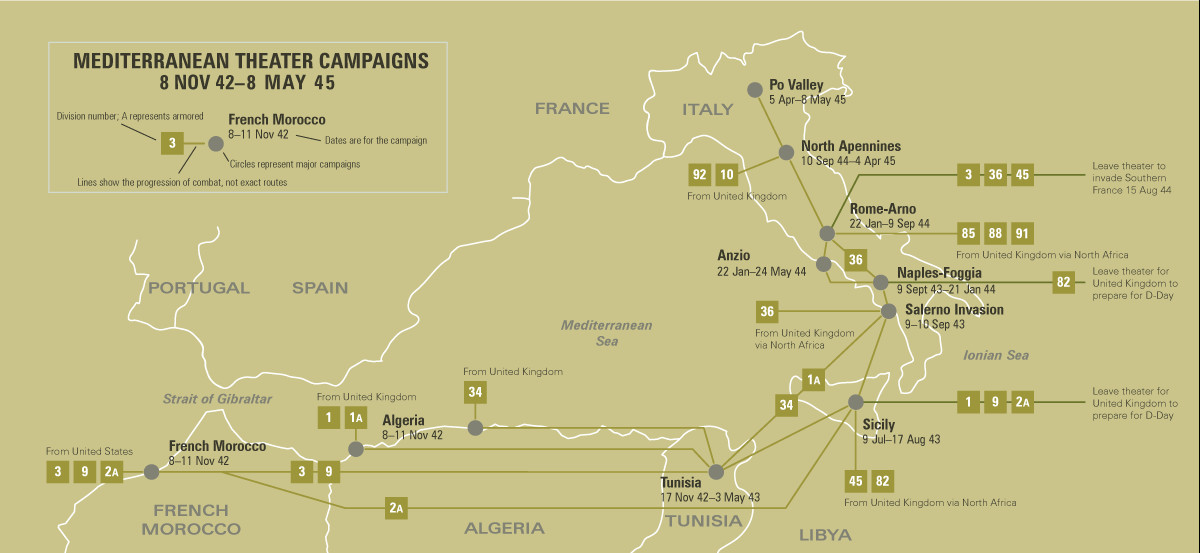 |
|
PLAN DE ROUTE DE LA CAMPAGNE - CAMPAIGN ROUTE MAP |
|
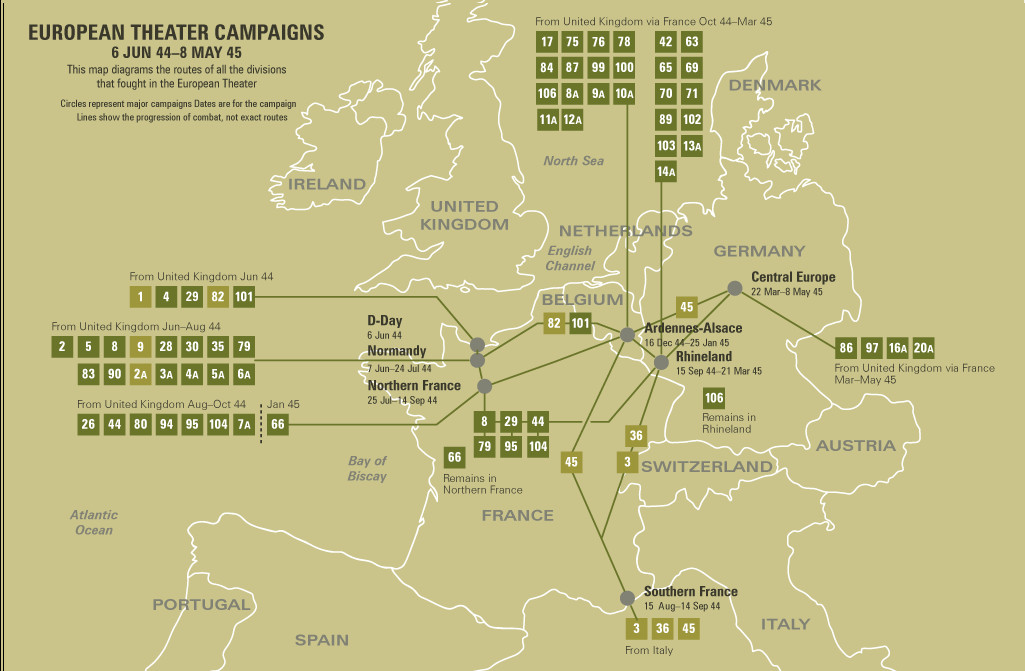 |
|
DIVISION CHRONICLEThe 82d Airborne Division landed at Casablanca, 10 May 1943, and trained. Elements first saw combat in Sicily, when the 505th RCT and part of the 504th dropped behind enemy lines, 9-10 July 1943, at Gela. The remainder of the 504th RCT dropped, 11-12 July 1943, also near Gela, after running friendly naval and ground force fire. Scattered elements formed and fought as ground troops. The elements were flown back to Tunisia for reequipment and returned to Sicily to take off for drop landings on the Salerno beachhead. The 504th Parachute Infantry dropped, 13 September 1943, and the 505th the following night; the 325th landed by boat. These elements bolstered Salerno defenses and fought their way into Naples, 1 October 1943. After a period of occupation duty (and combat for some elements in the Volturno Valley and Anzio beachhead), the Division moved to Ireland, November 1943, and later to England, February 1944, for additional training. Moving in by glider and parachute, troops of the 82d dropped behind enemy lines in Normandy on D-day, 6 June 1944, before ground troops hit the beaches. Cutting off enemy reinforcements, the Division fought its way from Carentan to St. Sauveur-le-Vicomte, fighting 33 days without relief. Relieved on 8 July, it returned to England for refitting. On 17 September, it was dropped at Nijmegen, 50 miles behind enemy lines, and captured the Nijmegen bridge, 20 September, permitting relief of British paratroops by the British 2d Army. After heavy fighting in Holland, the Division was relieved 11 November and rested in France. It was returned to combat, 18 December 1944, to stem the von Rundstedt offensive, blunting the northern salient of the Bulge. It punched through the Siegfried Line in early February 1945, and crossed the Roer, 17 February. Training with new equipment in March, the Division returned to combat, 4 April, patrolling along the Rhine, securing the Koln area, later moving across the Elbe, 30 April, into the Mecklenburg Plain, where, 2 May 1945, the German 21st Army surrendered. |
CHRONIQUE DE DIVISIONLa 82ème division aéroportée a atterri à Casablanca le 10 mai 1943 et s'est entraînée. Les éléments ont d'abord été combattus en Sicile, lorsque le 505ème RCT et une partie du 504ème ont été largués derrière les lignes ennemies, du 9 au 10 juillet 1943, à Gela. Le reste de la 504ème RCT est tombé, du 11 au 12 juillet 1943, également près de Gela, après des tirs amicaux contre des forces navales et terrestres. Des éléments épars se sont formés et se sont battus en tant que troupes au sol. Les éléments ont été rapatriés en Tunisie pour le rééquipement et sont retournés en Sicile pour décoller pour atterrir sur la tête de pont de Salerne. Le 504th Infantry Parachute Infantry est tombé le 13 septembre 1943 et le 505ème le lendemain soir; la 325ème atterrit en bateau. Ces éléments ont renforcé les défenses de Salerno et se sont introduits à Naples, le 1er octobre 1943. Après une période d'occupation (et de combat pour certains éléments dans la vallée de Volturno et la tête de pont d'Anzio), la division s'est installée en Irlande en novembre 1943 , Février 1944, pour une formation supplémentaire. Se déplaçant en planeur et en parachute, les troupes du 82d tombèrent derrière les lignes ennemies en Normandie le 6 juin 1944, avant que les troupes terrestres ne frappent les plages. En coupant les renforts ennemis, la Division se fraya un chemin de Carentan à Saint-Sauveur-le-Vicomte, combattant 33 jours sans soulagement. Soulagé le 8 juillet, il est retourné en Angleterre pour y être réaménagé. Le 17 septembre, il a été largué à Nimègue, à 50 milles derrière les lignes ennemies, et a capturé le pont de Nimègue, le 20 septembre, permettant ainsi à la 2 e armée britannique de soulager les parachutistes britanniques. Après de violents combats en Hollande, la division est soulagée le 11 novembre et se repose en France. Il fut remis au combat le 18 décembre 1944 pour endiguer l’offensive de von Rundstedt, assourdissant le saillant septentrional des Ardennes. Il a percuté la ligne Siegfried au début de février 1945 et a traversé la Roer le 17 février. S'entraînant avec de nouveaux équipements en mars, la Division est revenue au combat le 4 avril, patrouillant le long du Rhin, sécurisant la région de Koln, traversant ensuite l'Elbe le 30 avril dans la plaine de Mecklenburg où, le 2 mai 1945 s'est rendu. |
| SOURCE INFORMATION & PHOTO | Armydivs.squarespace.com |
|---|
| SOURCE INFORMATION & SOURCE PHOTO |
LaRae Muser, Thomas Clark, Sandra Smith, Phil Nordyke (All Americans All the way) - Heisler (In their own words) - Usairborne.be, Airborneinnormandy.com, Findagrave.com, www.myheritage.com |
|---|---|
| PROGRAMMER | Max, Henri, Garrett, Clive, Frédéric & Renaud |


